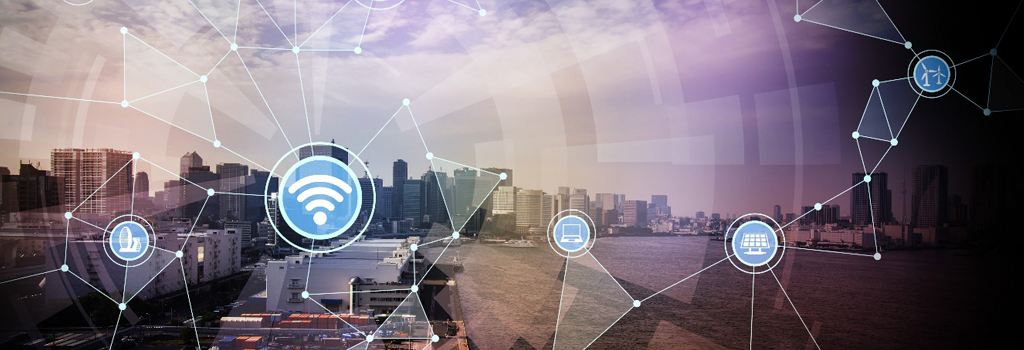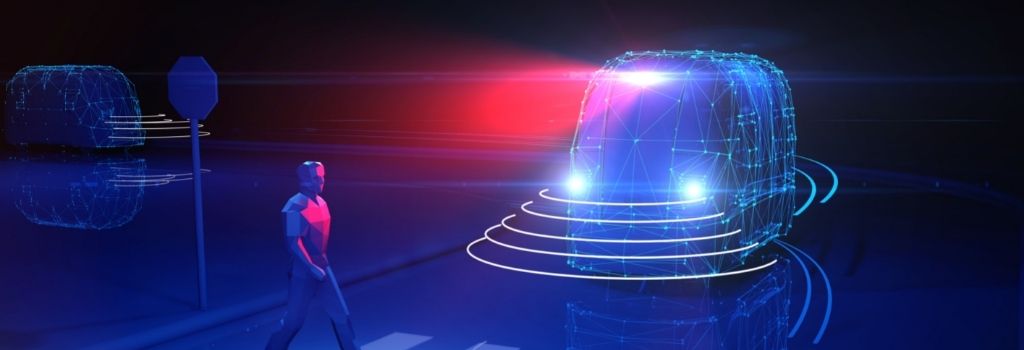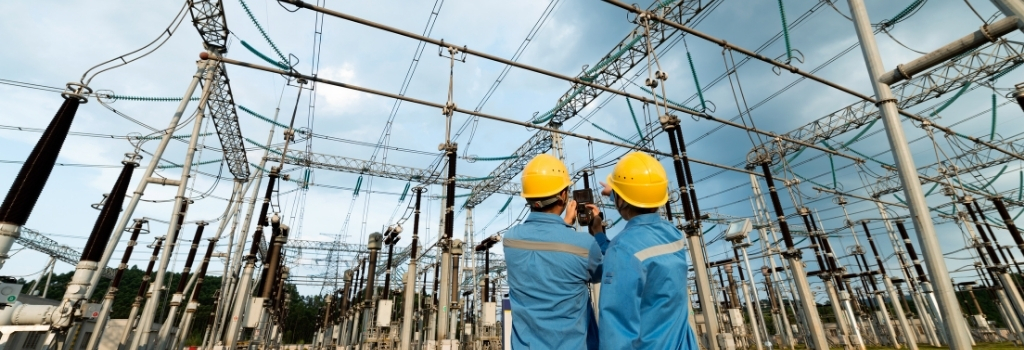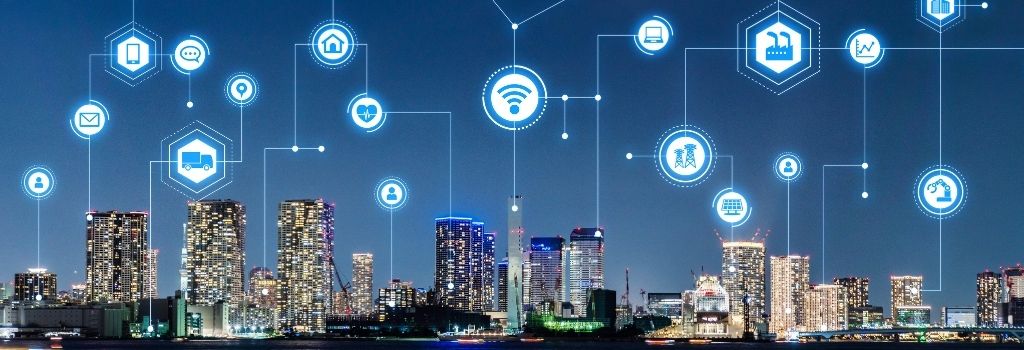Eagle-Lanner tech blog
- 詳細內容
- 作者 Catherine Williams
The introduction of Wi-Fi 6E represents a significant improvement over previous Wi-Fi generations and together with high-speed 5G networks will be able to meet all related data transmission needs. Both promising to deliver higher performance, lower latency and faster data rates, making them even more suitable to power video streaming, virtual reality, cloud computing, and IoT next-gen devices.
- 詳細內容
- 作者 Catherine Williams
Fronthaul architecture configurations are able to balance the reliability, throughput, and latency demands of advanced applications on 5G networks. Fronthaul layered architecture, depending on the type of data handling needed, is distributed across the network between edge data centers and central data centers.
- 詳細內容
- 作者 Catherine Williams
5G together with edge computing, has the ability to timely handle, process, and analyze large amount of data, which leverages the full potential of advanced technologies such as autonomous vehicles, and the Internet of Things (IoT). Autonomous vehicles will change the experience of riding in cars, making it more pleasant, less stressful and more productive.
- 詳細內容
- 作者 Maulik Upala
In the past few years, electrical substations have become a primary target for cyberattacks. In fact, it is believed that power facilities are targets for modern cyber warfare.
閱讀全文: How Cybersecurity is Shaping the Electrical Substation Landscape
- 詳細內容
- 作者 Catherine Williams
A multiprocessing architecture called Non-Uniform Memory Access (NUMA) was introduced that simplified the complexity of the bus by configuring clusters and allow microprocessors to share memory locally, thus improving performance and expandability of the system.
- 詳細內容
- 作者 Catherine Williams
Smart rail solutions have propelled urban rail and metro networks into the digital age, and uninterrupted connectivity is becoming especially essential for the public transportation sector. Reliable train-to-ground communication is required for efficient on-board operations and many on-board applications, which also continues to increase.
閱讀全文: Industrial Train Firewall Strengthens Train-to-Ground Cybersecurity
- 詳細內容
- 作者 Maulik Upala
Smart city projects can integrate a wide number of newly available endpoints from IoT, IIoT, sensors, video cameras, monitors, or actuators at the network edge or branch office, and collect a massive amount of rich data. But what is the value of this data, if it can’t be transported when needed?
閱讀全文: How Modern Edge, Wireless, and Rugged IoT Wireless Gateways Help Improve Smart Cities












